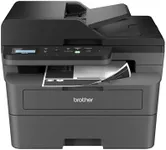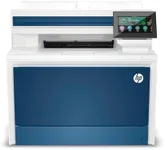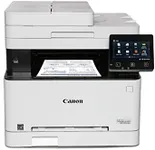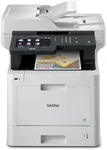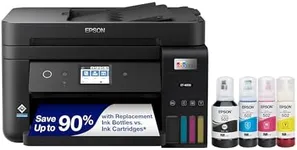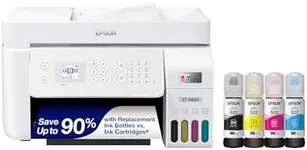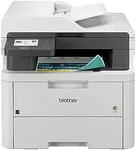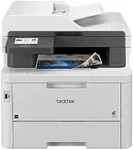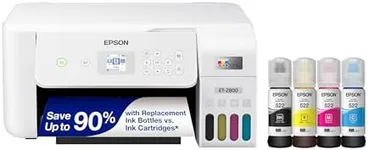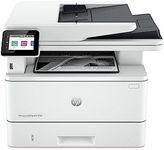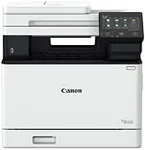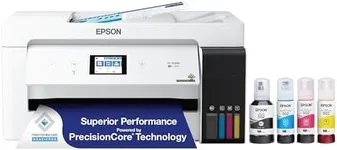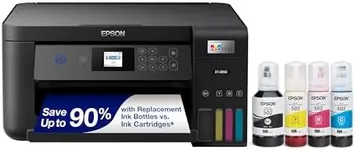Buying Guide for the Best Laser All In One Printers
Choosing the right laser all-in-one printer can be a daunting task, but with the right knowledge, you can find the perfect fit for your needs. Laser all-in-one printers are versatile devices that combine printing, scanning, copying, and sometimes faxing capabilities into a single machine. They are ideal for both home and office use due to their efficiency and high-quality output. To make an informed decision, you need to consider several key specifications that will determine the printer's performance and suitability for your specific requirements.Print SpeedPrint speed, measured in pages per minute (PPM), indicates how quickly a printer can produce documents. This spec is important because it affects productivity, especially in busy environments. Printers with speeds of 20-30 PPM are suitable for home use or small offices, while those with speeds above 30 PPM are better for larger offices with higher print volumes. Consider your typical print load to determine the right speed for you.
Print QualityPrint quality is measured in dots per inch (DPI) and determines the clarity and detail of the printed documents. Higher DPI values (1200 DPI and above) are ideal for producing sharp text and detailed graphics, which is important for professional documents and presentations. For general document printing, a DPI of 600 is usually sufficient. Assess the type of documents you print most frequently to choose the appropriate print quality.
Duty CycleThe duty cycle is the maximum number of pages a printer can handle per month without experiencing wear and tear. This spec is crucial for understanding the printer's durability and suitability for your workload. Printers with a duty cycle of up to 5,000 pages per month are suitable for home use or small offices, while those with higher duty cycles (20,000 pages or more) are better for larger offices with heavy printing needs. Estimate your monthly print volume to select a printer with an appropriate duty cycle.
Connectivity OptionsConnectivity options determine how you can connect the printer to your devices. Common options include USB, Ethernet, Wi-Fi, and Bluetooth. Wi-Fi and Ethernet are essential for networked environments, allowing multiple users to access the printer. USB connections are straightforward for direct printing from a single computer. Bluetooth is useful for printing from mobile devices. Consider your setup and how you plan to connect to the printer to choose the right connectivity options.
Paper HandlingPaper handling refers to the printer's capacity to manage different paper sizes and types, as well as its input and output tray capacities. This spec is important for ensuring the printer can handle your specific printing needs, such as printing on envelopes, labels, or cardstock. Printers with larger input and output trays are beneficial for high-volume printing, reducing the need for frequent paper refills. Evaluate the types of documents you print and the volume to determine the right paper handling capabilities.
Scanner ResolutionScanner resolution, measured in DPI, affects the quality of scanned images and documents. Higher resolutions (600 DPI and above) are important for scanning detailed images or documents that require high clarity. For general document scanning, a resolution of 300 DPI is usually sufficient. Consider the quality requirements of your scanned documents to choose the appropriate scanner resolution.
Automatic Document Feeder (ADF)An Automatic Document Feeder (ADF) allows the printer to automatically feed multiple pages into the scanner or copier, which is essential for scanning or copying multi-page documents efficiently. This feature is important for saving time and increasing productivity, especially in office environments. If you frequently scan or copy large documents, look for a printer with a high-capacity ADF. For occasional use, a smaller ADF may suffice.
Duplex PrintingDuplex printing refers to the printer's ability to print on both sides of a page automatically. This feature is important for saving paper and reducing printing costs. It is particularly useful for printing reports, booklets, and double-sided documents. If you frequently need double-sided prints, choose a printer with automatic duplex printing. For occasional double-sided printing, manual duplexing (where you flip the paper yourself) may be sufficient.
